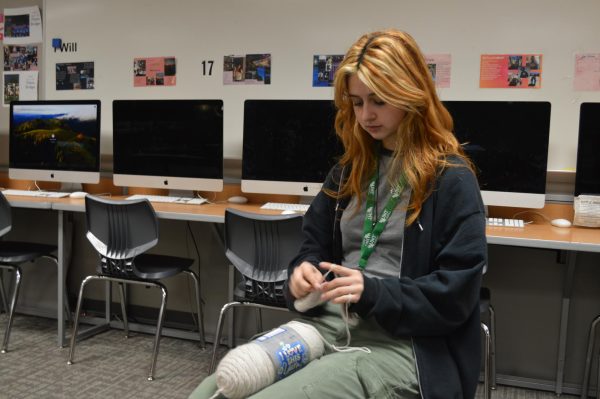Ebola breakthrough
October 1, 2014
Patient confirmed with Ebola not far from Wylie
Update to this story:
The infected patient has been identified as Thomas Eric Duncan, and officials say that nearly 100 people may have come in contact with Duncan over the weekend, just a few days before he was hospitalized. However, according to Dallas County’s Health and Human Services director Zachary Thompson, not all of those people were in close contact with Duncan, and while they are being told to watch out for any symptoms, there are 12-18 people who had actual, direct contact with Duncan. This group includes the initial three who took Duncan to the hospital as well as five Dallas ISD schoolchildren.
It is the killer of more than 3,000 people in West Africa. There is no vaccine for it, and all medications are purely experimental at this point. Early symptoms mimic those of an average viral infection, making it difficult to catch early on. After that, it begins to break down the body, killing quickly and effectively. It is Ebola, and while it has been previously contained in West Africa, it has now been released in the United States, just 12.8 miles away from Wylie.
Ebola hemorrhagic fever or Ebola virus disease (EVD) is a severe and often fatal illness in humans and primates. It is believed to have been “animal-born.” Experts consider the bat to be the most likely natural reservoir of the virus, although plants and birds were also deemed possibilities.
The first U.S. case of Ebola was confirmed in Dallas Sept. 30. The patient, who is being referred to as “he”, left Liberia Sept. 19 and arrived at DFW Airport the next day to visit relatives, and had no fever when checked before leaving the country. According to Thomas Frieden, Center for Disease Control director, the patient became sick Sept. 24, and went to the doctor two days later when he was sent home. He returned to the hospital and was admitted Sept. 28 and has been isolated in intensive care at Texas Health Presbyterian since.
Frieden believes that the case is nothing to worry about and that it is completely under control because of the extra cautions taken. This includes contract tracing, which involves finding people that the infected has had recent contact with and monitoring them for 21 days to make sure they did not contract Ebola themselves. The CDC has also confirmed that since the patient had no symptoms at the time of the flight, he was not contagious. Since the illness is not airborne the other passengers would not have contracted the disease from him.
“This is the first case of Ebola diagnosed in the U.S. and the first strain of this Ebola diagnosed outside of Africa,” Frieden said. “I have no doubt that we will control this case of Ebola so that it does not spread widely in this country. It is certainly possible that someone who has had contact with this patient could develop Ebola, but there is no doubt in my mind that we will stop it here.”
Still, health officials are warning people to keep a close eye out for symptoms just in case and to get tested if they believe they have contracted the disease.
The virus starts out with influenza-like symptoms about two to three weeks after the patient picks up the disease. These symptoms include fevers, sore throats, muscle pains and headaches. This is followed shortly by diarrhea, vomiting and rashes along with a decrease in function of the liver and kidneys. Infected patients may then begin to bleed both internally and externally.
The infection is still very unlikely to spread much because of how it is contracted. Much like AIDS, Ebola is spread through an exchange or contact of body fluids, such as blood or secretion, which leaves healthcare professionals treating the illness at a higher risk.
“It’s not spread through the air. It takes some pretty heavy duty contact to contract it,” health science teacher Ronda Sisak said.
Contact with objects such as clothing, bedding and needles of the infected patient has also been linked to spreading the disease.
“I think that there’s no reason for hysterics right now,” Sisak said. “We’ll just have to see what happens. Of course the best way to prevent it is to practice personal hygiene.”
To prevent the virus from spreading, experts tell people to initially act like they would during the outbreak of the cold or flu. Wash hands frequently, avoid those who are sick and items they have come in contact with. Do not touch bats and nonhuman primates or their blood and do not eat raw meat from these animals. Avoid hospitals where Ebola patients are treated and seek medical care immediately if a fever is developed along with any of the initial symptoms.
“I don’t think that we need to be super concerned at this moment,” Nurse Jenny Knowles-Causey said. “If everyone’s just using proper hand hygiene and staying away from bodily fluids, we’ll be fine. That’s what it has come down to with illnesses like this.”
Frieden believes that the U.S.’s strong healthcare system will help prevent the situation from getting out of hand.
“Ebola can be scary. But there’s all the difference in the world between the U.S. and parts of Africa where Ebola is spreading,” Frieden said. “Public health professionals will make sure this case does not threaten our communities.”











